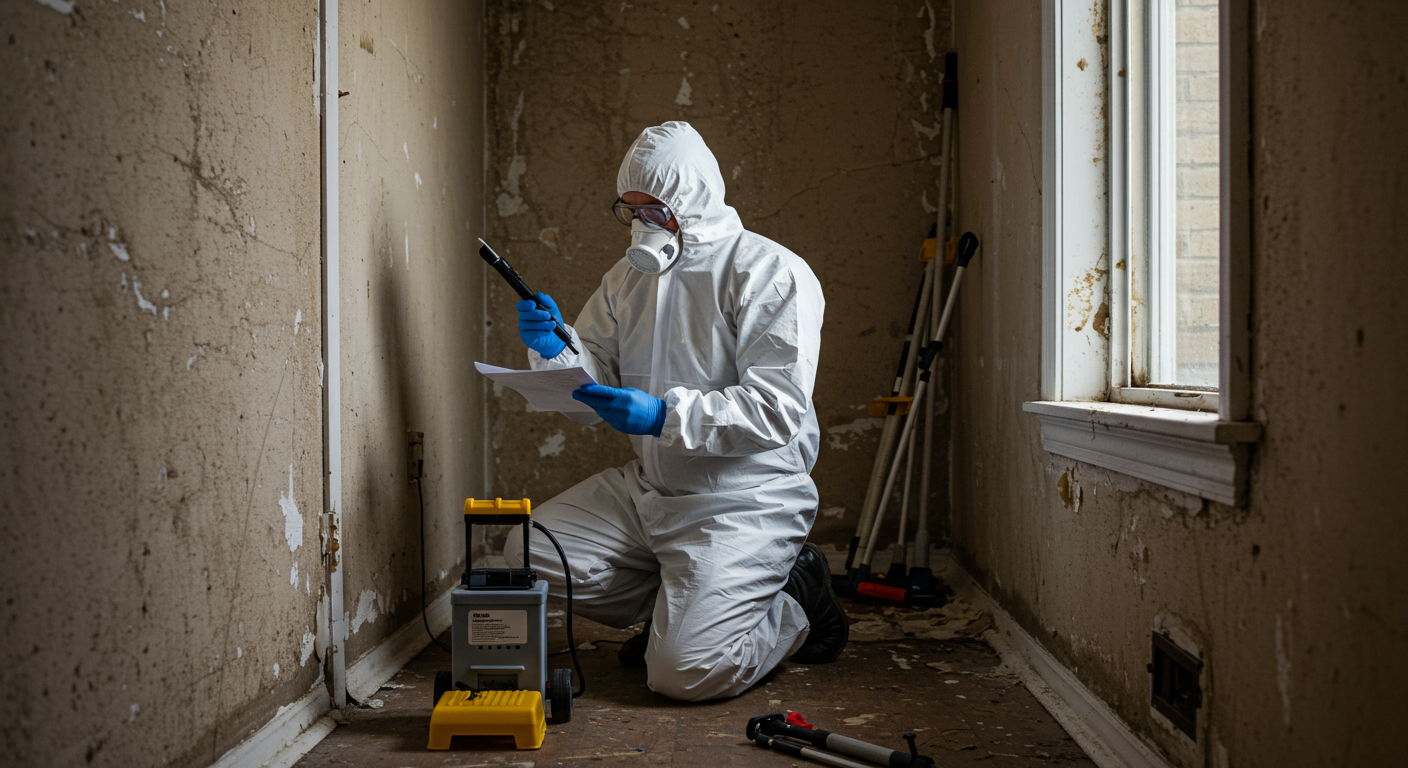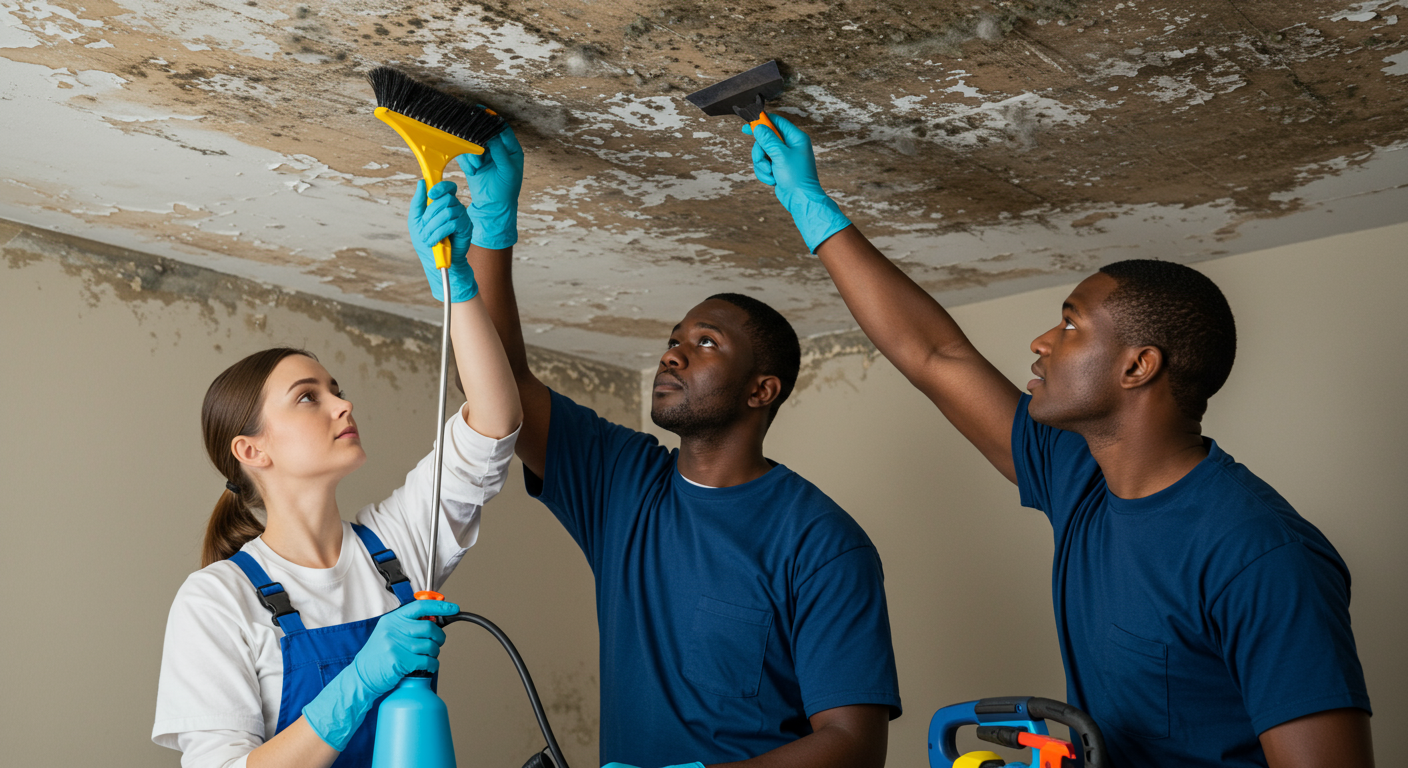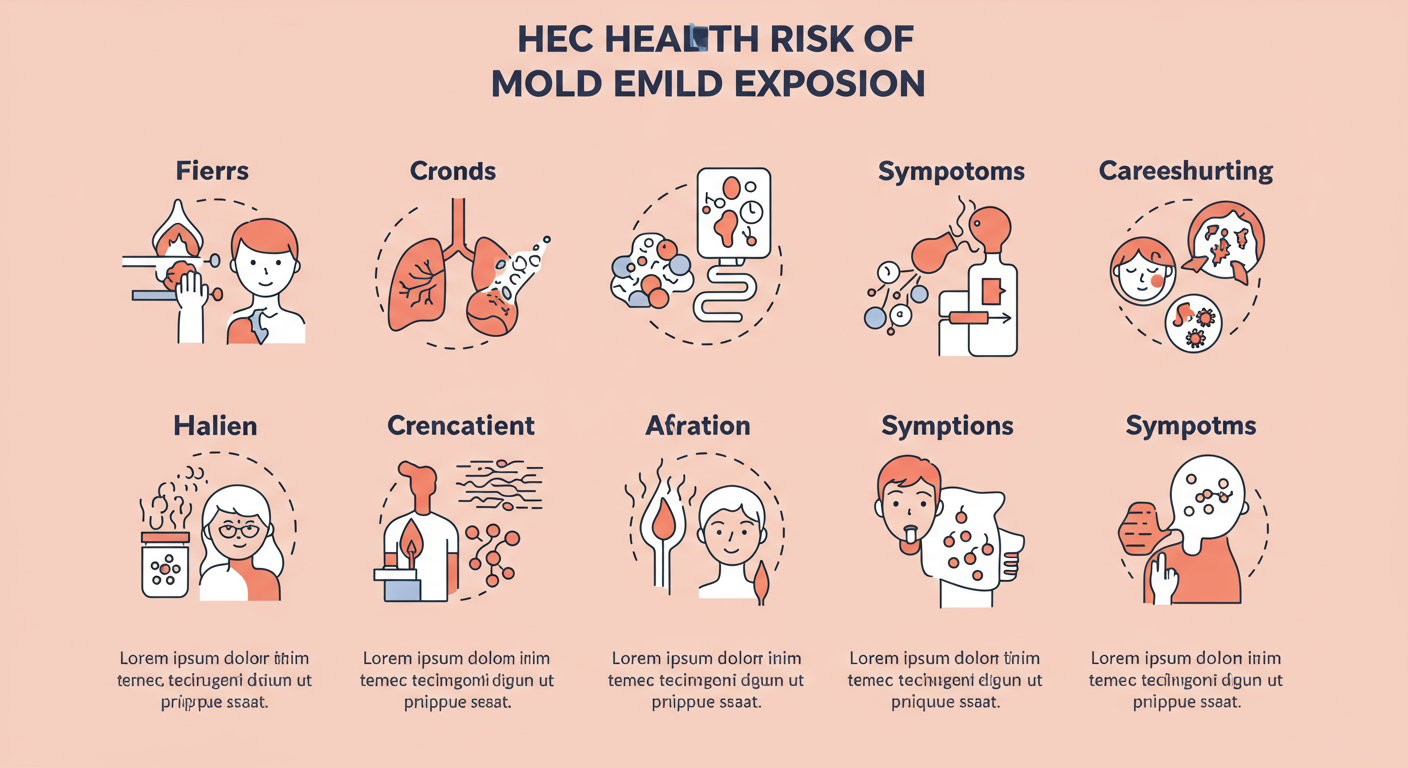Mold and fungus are common household issues that can lead to serious health risks and structural damage if left untreated. For Baltimore, MD residents, understanding the causes, identifying signs, and knowing how to prevent and remediate mold is essential. This guide provides a comprehensive overview of everything you need to know about mold and fungus in your home.
Understanding Mold and Fungus: What Baltimore Homeowners Need to Know
Types of Mold Commonly Found in Homes
Mold comes in various forms, each with unique characteristics and potential risks. Common types include black mold (Stachybotrys), green mold (Cladosporium), and white mold (Aspergillus). These molds thrive in damp, humid environments, making Baltimore homes particularly susceptible due to the region’s climate. Recognizing these types can help homeowners take appropriate action to mitigate risks.
Health Risks Associated with Mold Exposure
Mold exposure can lead to a range of health issues, from mild allergic reactions to severe respiratory problems. Symptoms include sneezing, coughing, skin irritation, and even asthma attacks. Prolonged exposure to toxic molds like black mold can cause more serious health concerns, including neurological issues. Protecting your family’s health starts with identifying and addressing mold problems promptly.
Identifying Mold Growth in Your Home
Signs of Mold Presence: Stains, Odors, and More
Mold often reveals itself through visible stains, musty odors, and discoloration on walls, ceilings, or floors. Other signs include peeling paint, warped surfaces, and persistent dampness. If you notice any of these indicators, it’s crucial to investigate further to prevent the problem from worsening.
Common Areas for Mold Growth in Baltimore Homes
Mold tends to grow in areas with high moisture levels, such as basements, bathrooms, kitchens, and attics. In Baltimore homes, basements are particularly vulnerable due to frequent humidity and occasional flooding. Regularly inspecting these areas can help you catch mold growth early.
Causes of Mold Growth and Prevention Tips
Factors Contributing to Mold Development
Mold thrives in environments with excess moisture, poor ventilation, and organic materials for sustenance. Common causes include water leaks, high humidity, and inadequate drainage systems. Baltimore’s humid summers and wet winters create ideal conditions for mold growth, making prevention a top priority for homeowners.
Effective Strategies to Reduce Humidity and Prevent Mold
Preventing mold starts with controlling moisture levels. Use dehumidifiers, ensure proper ventilation, and fix leaks promptly. Regularly clean and inspect areas prone to dampness, such as bathrooms and basements. Additionally, consider waterproofing your home to protect against water intrusion during heavy rains.

Professional Mold Remediation Services in Baltimore
Why You Should Hire Certified Mold Remediation Specialists
While DIY mold removal may seem cost-effective, it often fails to address the root cause of the problem. Certified mold remediation specialists have the expertise and equipment to thoroughly remove mold and prevent recurrence. Hiring professionals ensures the safety of your home and family while saving you time and effort.
What to Expect During the Mold Removal Process
The mold remediation process typically involves inspection, containment, removal, and prevention. Specialists will assess the extent of the damage, isolate affected areas, and use specialized techniques to remove mold safely. They may also recommend repairs or improvements to prevent future growth. For a detailed look at mold inspection services, check out this comprehensive guide to mold inspection and remediation in Columbia, MD.
Mold and fungus can pose significant challenges for Baltimore homeowners, but with the right knowledge and proactive measures, you can protect your home and health. By understanding the risks, identifying signs early, and seeking professional help when needed, you can maintain a safe, mold-free living environment.


